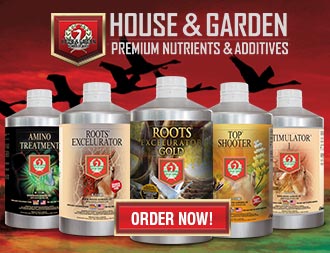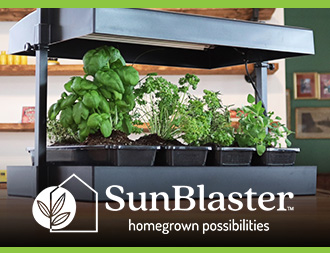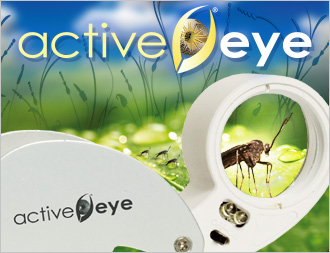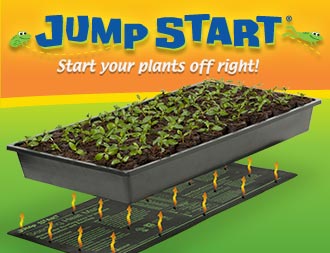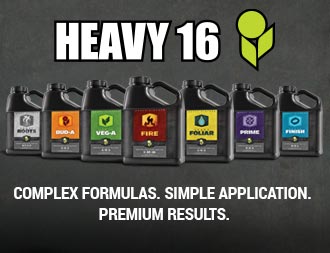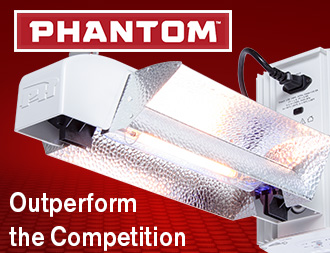Starting seeds indoors can offer a gardener a little garden time during the dull weeks of March. It can also be fun. There are certain issues, however, to keep in mind. The first is to make sure you have fresh seeds, packed for this season. The old 1878 Brainard's Catalog of Seeds says, "Good seeds cannot but give satisfactory results." That is good advice even today. Why go through all the time and effort if the seeds are of a poor quality?
Starting seeds indoors gives the home gardener more choice over varieties of flowers and vegetables. While in June greenhouses and garden centers will usually offer the more popular flowers and vegetables, for unusual or older varieties it is often necessary to order or grow your own seeds. Next, choose a sunny window, preferably with southern exposure. You might need to invest in some cool-white fluorescent lights but it will be worth it. You want to make sure you have a good growing medium. It is best to use a commercial mix, because it will be healthier. You also won't have to worry about introducing insects.
One product for starting seeds is Natural Beginnings Seed-Starting Mix from Gardens Alive. The product is the company's coir-based seed-starting mix that has won several awards. Tests have shown that it has outperformed other seed-starting media in both rate and speed of germination. In choosing seeds to start inside, try ones that don't easily grow in the garden. Seeds like Alyssum will easily sprout up if you just sow right in the garden. Many online seed companies offer newer varieties worth trying.
You need to know how many days it takes for the seed to germinate and finally reach the flowering stage. That information is usually given on the seed packet. For a handy reference for the times that some seeds need to germinate, check out the Web site www.savygardener.com. It has a great table called "When to Start Seeds Indoors." You can then get a sense of the good times to plant particular kinds of flowers or vegetables. Always keep in mind that you later gradually introduce the seedling to the outside air before you plant it in the garden, usually after Memorial Day.
Another issue is how deep to sow the seed. As a rule, the smaller the seeds the lighter they should be covered. Keeping warmth under the seeds is a distinct advantage because seeds need a warm environment to germinate. Hydrofarm has come out with a product called the Germination Station. It includes a 72-cell insert for seeds with a humidity dome. The bottom of the 10-inch by 20-inch tray is a thin electric heating unit. "The heat element gives a gentle heat to the seeds. Your germination rate goes up dramatically," says Peter Wardenburg, Vice President at Hydrofarm.
It may seem like there are so many things to keep in mind if you want a high success rate in starting seeds indoors. Since the idea is to have fun, maybe start with just a few seeds. You'll be amazed.
Reprinted by permission.


